After police shootings, officers are rarely prosecuted. But many are fired
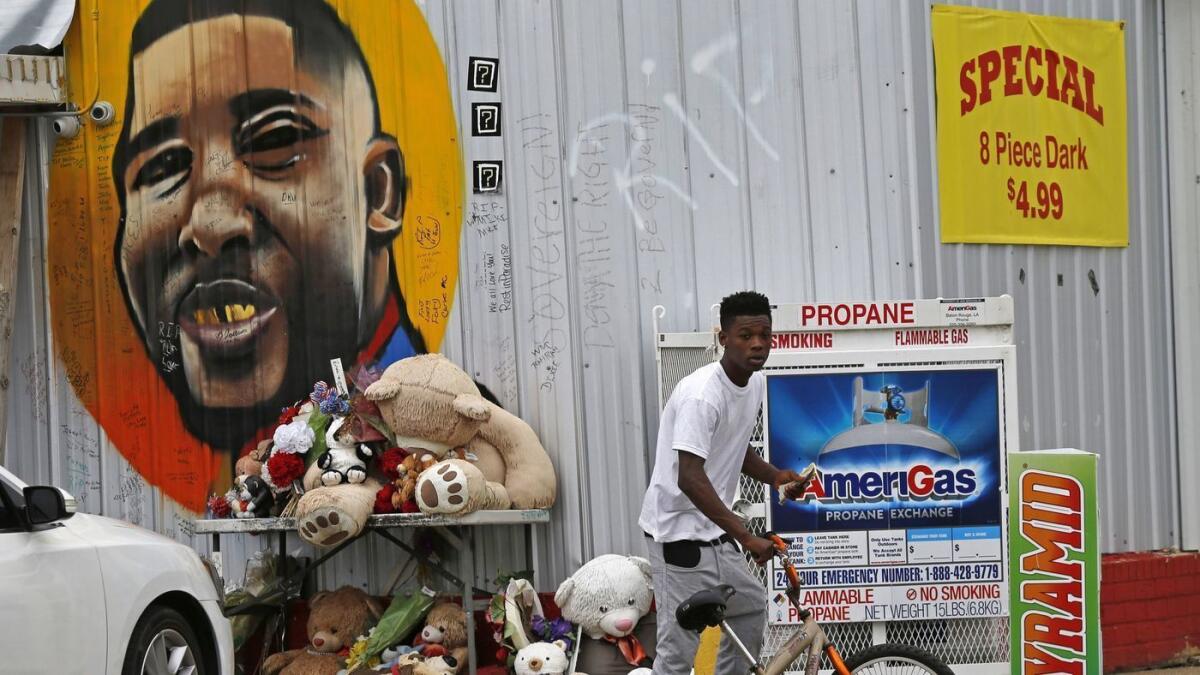
A police officer shoots and kills a black man who probably never posed a threat. If prosecutors file charges, the cop goes on trial but is set free because a jury fails to reach a verdict or decides that the officer had reasonable — though mistaken — fear and was acting in self-defense.
That leaves the police department to decide whether to continue to employ the officer.
As more high-profile shooting investigations come to a close, a pattern has emerged: Departments are firing the officers or forcing their resignations. Even so, some officers win appeals or get policing jobs elsewhere.
The most recent example is the firing of Blane Salamoni, the white officer who shot Alton Sterling — who was 37 and black — six times outside a convenience store in Baton Rouge, La., on July 5, 2016.
Salamoni was responding to a 911 call about a man making threats. Sterling was known for hawking CDs outside the store.
The killing ignited protests and debates across the country over race and policing. Bystander videos showed cops scuffling with Sterling but not whether Sterling had a gun or made a threat. At one point, an officer screams, “Gun! He’s got a gun!” before shots are heard from Salamoni’s gun.
The U.S. Department of Justice agreed that Sterling had a gun and declined to prosecute the 30-year-old officer. Then late last month, the state of Louisiana said that it too had decided not to press charges.
But days later, the Baton Rouge Police Department fired Salamoni for violating department command-of-temper and use-of-force policies. The officer has filed an appeal against the firing to the Municipal Fire and Police Civil Service board.
While the legal bar to prosecute officers for shootings remains high, experts say public pressure and protests have left police chiefs with little room but to get rid of officers who could be seen as liabilities. Some of those officers win appeals, while others get jobs policing elsewhere. Many never return to law enforcement.
“It boils down to how the public sees the issue,” said Justin Bamberg, a South Carolina-based attorney who has represented the families of Sterling and several other men who have died in high-profile police shootings.
“How vocal is the public and whose side are they for?” Bambeg said. “Even if we know an officer is cleared criminally, which is the majority of the time, it’s hard for an officer to keep serving in a community.”
Police chiefs also have to consider other issues, said Delores Jones-Brown, a professor emeritus at John Jay College of Criminal Justice. “Insurance carriers have been dropping police departments because they have cops on the roster who are involved in shootings and are now liabilities,” she said. “If they can find a justifiable way to remove an officer, police chiefs will.”
Here’s a sampling of what’s happened to officers who have killed and were never convicted:
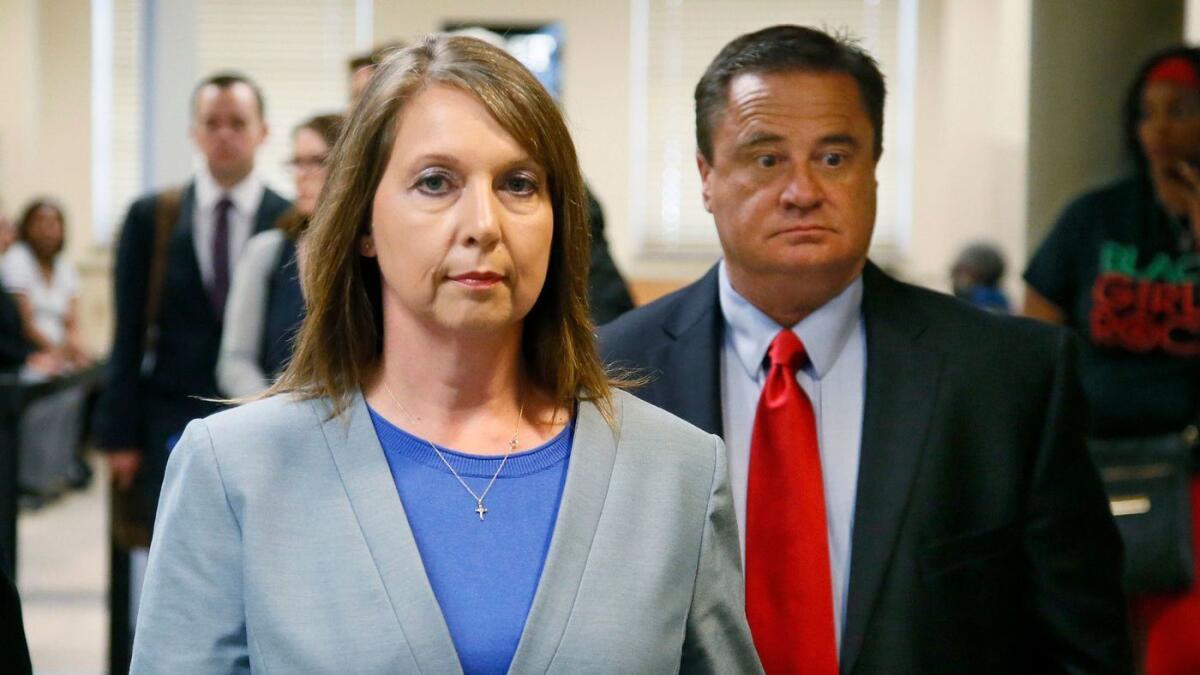
Betty Shelby in Tulsa, Okla.
Protests erupted in September 2016 after video was released of Officer Betty Shelby pulling over Tulsa resident Terence Crutcher and shooting him after he got out of his car. Shelby, who is white, said Crutcher, who was black, was not obeying her commands and that she felt he was a threat to her life. Crutcher was unarmed.
Shelby was placed on leave until last May, when a jury acquitted her of manslaughter. Shortly thereafter, the Tulsa police chief said Shelby would return to the force but would be assigned to a desk job.
Civil rights groups demanded Shelby be fired or resign. In July, Shelby relented and quit.
“Since being reinstated, I have found that sitting behind a desk, isolated from all my fellow officers and the citizens of Tulsa, is just not for me,” she said in a statement from her union, Fraternal Order of Police Lodge 93.
The next month, she was hired by the Sheriff’s Office in neighboring Rogers County.
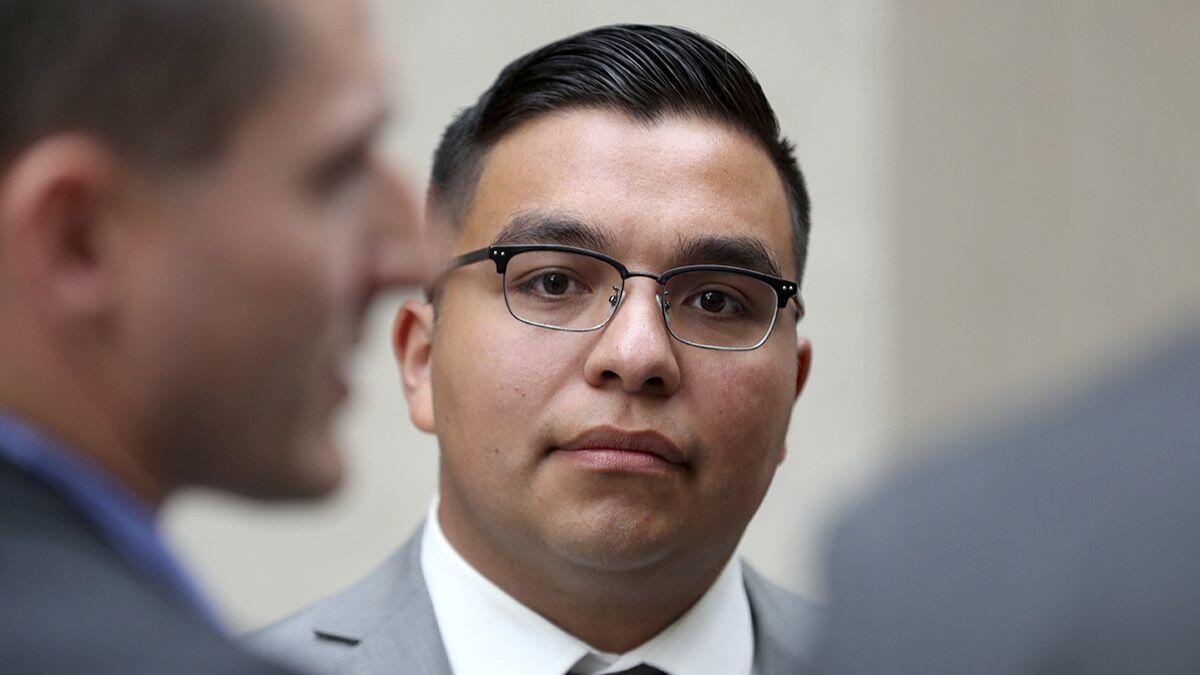
Jeronimo Yanez in Falcon Heights, Minn.
In July 2016, Jeronimo Yanez fatally shot 32-year-old Philando Castile in what began as traffic stop in the St. Paul, Minn., suburb of Falcon Heights.
Castile’s girlfriend, Diamond Reynolds, was in the car with her daughter and broadcast the shooting live on Facebook. Yanez, who is Latino, shot and killed Castile, who was black. He says he thought Castile was reaching for a gun. Reynolds said that as her boyfriend was reaching for his identification he told the officer he had a gun and was licensed to carry it.
Last July, a jury found 28-year-old Yanez not guilty in the shooting death. The city of St. Anthony, which had employed him as an officer and contracted his services to Falcon Heights, offered him a $48,000 buyout.
“The City of St. Anthony has concluded that the public will be best served if Officer Yanez is no longer a police officer in our city,” city officials said in a statement. “The city intends to offer Officer Yanez a voluntary separation agreement to help him transition to another career other than being a St. Anthony officer.”
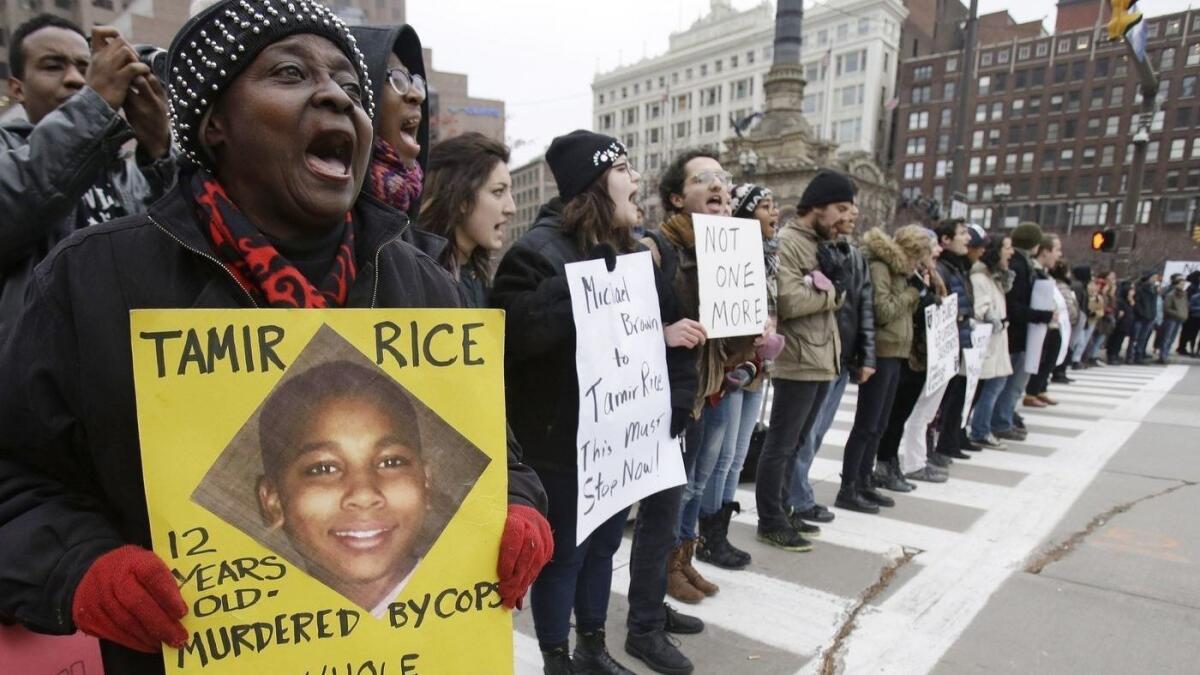
Timothy Loehmann in Cleveland
Timothy Loehmann responded to a 911 call in November 2014 about a “guy with a pistol” who was “pointing it at everybody” outside a Cleveland recreation center.
The person in question was 12-year-old Tamir Rice and the gun was fake, a detail that was reported to the 911 dispatcher but not relayed to police. As Loehmann and his partner arrived on the scene in a police car, Tamir walked out of a gazebo and the 26-year-old officer got out of the car, then shot and killed the boy within seconds.
The Cuyahoga County prosecutor's office said in 2015 that Loehmann and his partner would not face criminal charges. But a separate Cleveland Department of Public Safety investigation found that Loehmann had lied on his job application to join the department and omitted information about an “emotional breakdown” he had suffered while taking a state qualification course.
The investigation also found that Loehmann had a reported ‘inability to emotionally function” and had been rejected by other police departments.
Loehmann was fired in May for misrepresenting himself on his job application.
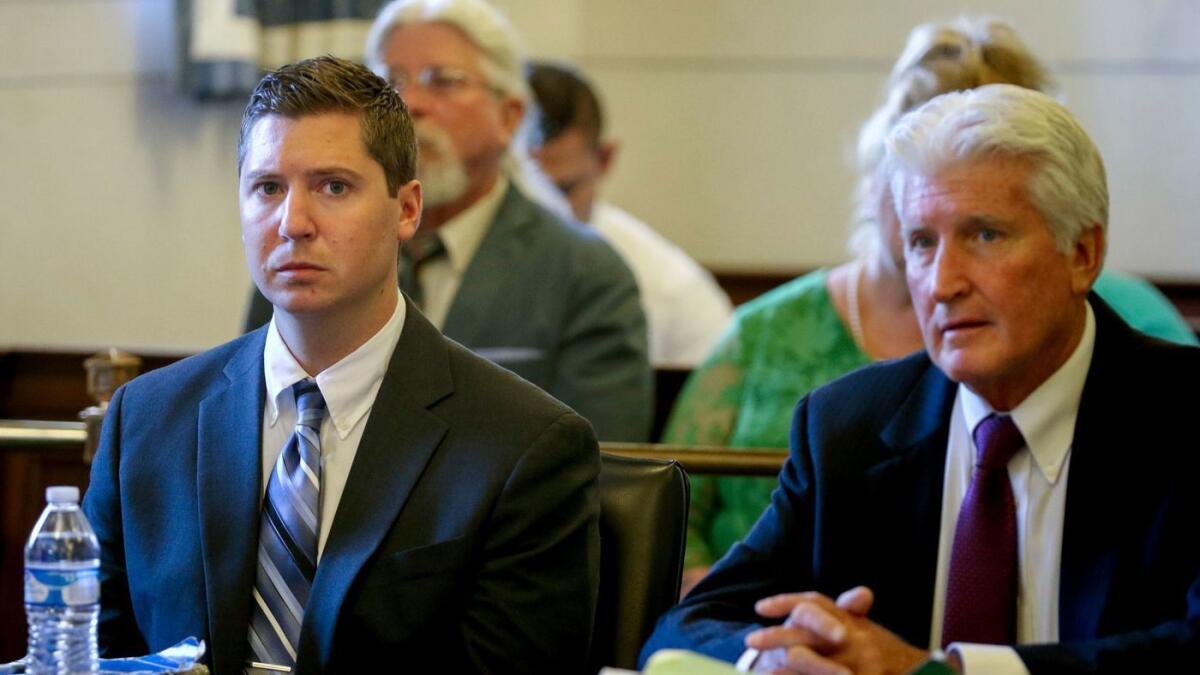
Ray Tensing in Cincinnati
Ray Tensing was an officer at the University of Cincinnati in July 2015 when he shot and killed 43-year-old Samuel DuBose.
In body-camera video, Tensing asked DuBose, who was black, for his driver's license during a traffic stop but DuBose didn’t produce it. The officer, who is white, asked DuBose to unbuckle his seat belt, and Tensing pulled on the door handle. DuBose, whose window was down, put his hand on the door to keep it closed. Tensing then fired at DuBose.
Tensing, who was 25 at the time of the shooting, was later fired but challenged the dismissal. He was charged in the shooting and his first trial ended in a mistrial in November 2016. Last June, a second trial ended the same way.
Last month, Tensing came to a $350,000 settlement. He agreed to accept back pay, benefits and money for legal fees in exchange for resigning and not suing the university.
Twitter: @jaweedkaleem
Sign up for Essential California
The most important California stories and recommendations in your inbox every morning.
You may occasionally receive promotional content from the Los Angeles Times.








